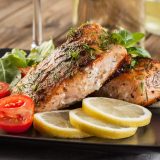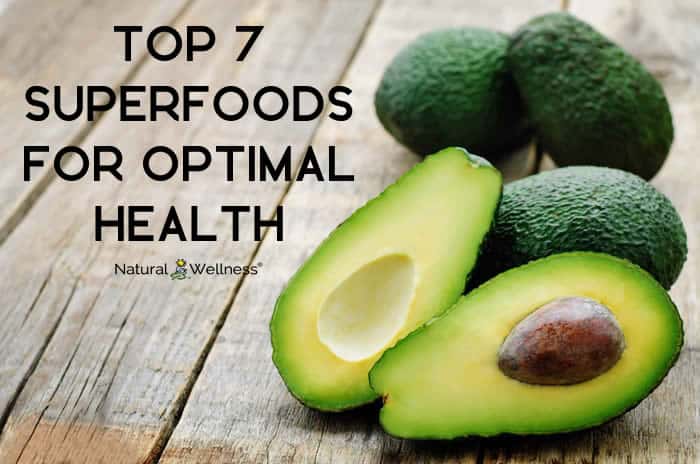

When it comes to diet, there are foods and then there are superfoods.
Here we explain exactly what a superfood is and how it helps promote higher levels of health. Then we share the top seven superfoods, followed by ways to easily incorporate them into your diet.
What Is a Superfood?
A superfood is a food that is high in nutrients in comparison to the calories it contains. This means that they supply the body with a good amount of vitamins, minerals, and antioxidants. Some superfoods have also earned this title because they are higher in fiber, flavonoids, and healthy fats. (1)
Eating high-nutrient foods helps promote better health, especially when compared to low-nutrient foods that may harm health instead. Some superfoods improve health by strengthening certain bodily systems or organs—such as by supporting heart health—thereby reducing disease risk. Others have a positive effect on health through stronger immunity.
Top 7 Superfoods to Include in Your Diet
What foods qualify as superfoods, making them a good addition to your diet?
Here are seven of the best!
#1: Dark Leafy Greens
Very few foods supply the sheer variety of nutrients contained in dark leafy greens such as kale and spinach. Adding these greens to your diet provides vitamins A, B, C, E, and K, along with carotenoids and antioxidants. (2)
Have a salad for lunch or add greens to your wrap. Dark leafy greens can also help boost the nutrient content of homemade soups and stews.
#2: Broccoli
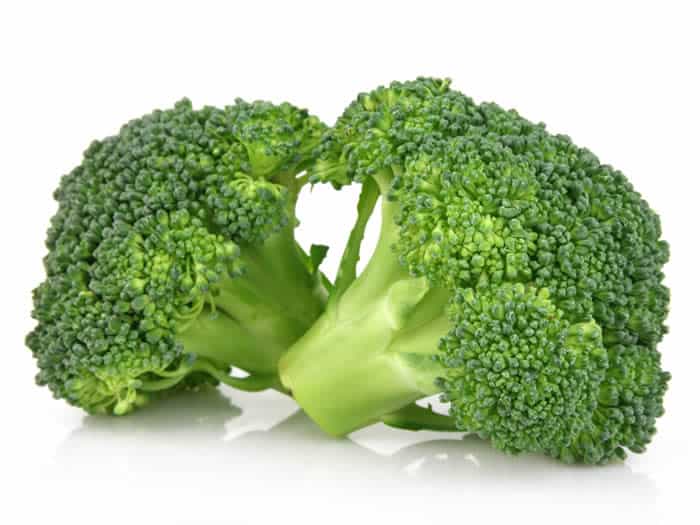
One cup of chopped broccoli supplies a good dose of calcium, magnesium, phosphorus, potassium, folate, and vitamin C, along with more than two grams of fiber. (3)
Steam it for a hot side dish at dinner or enjoy it raw for a refreshing and crunchy snack between meals.
#3: Avocado
Avocado is another nutrient powerhouse. This superfood contains potassium, calcium, magnesium, vitamin C, a variety of B vitamins, choline, and vitamin A. (4)
Dice avocado and place it on your salad or slice it and add it to the top of your sandwich at lunch. You can also mash it up, add a little salt and pepper, and use it as a dip for your other veggies.
#4: Berries
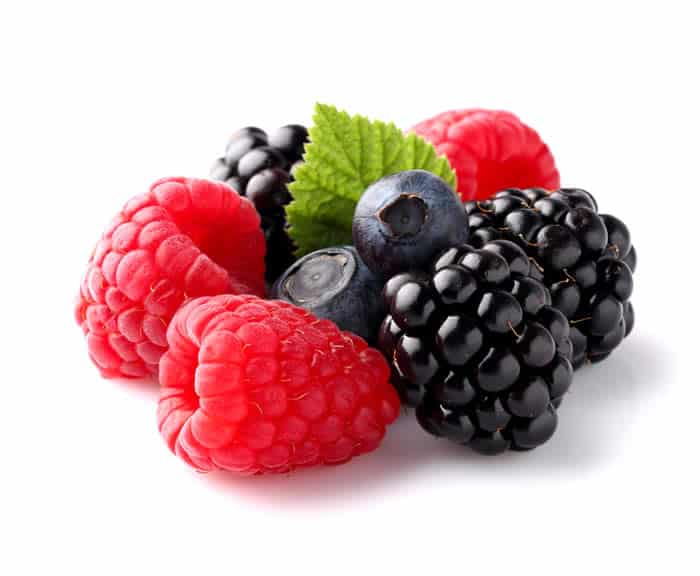
Grab a cup of assorted berries as a snack or dessert and you’ll give your body vitamin C, beta carotene, folate, magnesium, iron, niacin, and fiber. (5) Berries also make good additions to protein or meal replacement shakes, giving them a little sweetness along with a punch of nutrients.
#5: Salmon
Salmon is known for being good for the heart, due in large part to its healthy dose of omega-3s. But did you know that this fish also contains more than one-fifth of your recommended intake of several B vitamins, vitamins D and E, and selenium? (6)
Salmon is great on salads or even when served as a main dish. Sprinkle it with a little bit of lemon and you are good to go!
#6: Nuts
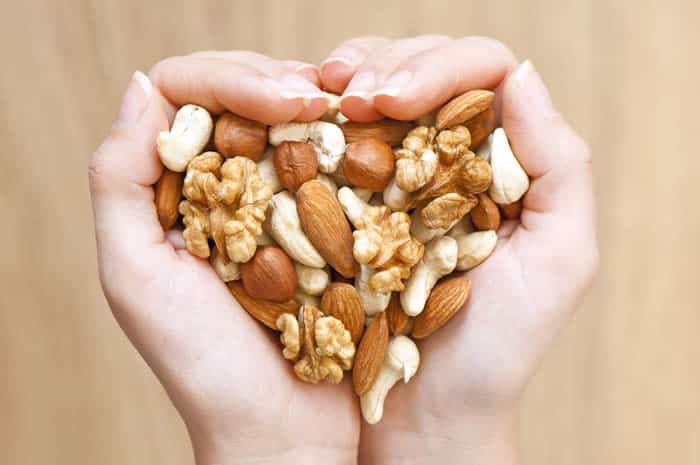
Nuts are another food known for boosting heart health, also providing the body with vitamin E, L-arginine, plant sterols, omega-3 fatty acids, and fiber. (7)
Grab a handful of this superfood when you’re hungry and in the mood for some crunch.
You can also chop nuts up and add them to your:
- cereal
- oatmeal
- or baked goods for a different flavor and texture.
#7: Turmeric
Turmeric is probably best known for giving curry its yellow color. But this spice is also a superfood because it contains fiber, phosphorus, potassium, magnesium, and iron in addition to trace amounts of zinc, copper, manganese, and selenium. (8)
Add turmeric to your morning smoothie or sprinkle it on roasted veggies at dinner.
Making These Superfoods Work for You
Adding these superfoods to your diet helps provide the vitamins and minerals your body needs to function optimally. Strive to add a few of them to your meal plan each and every day.
Have berries at breakfast, for instance, and a salad with salmon for dinner. Many of them can even be combined for a greater punch, such as a leafy green salad topped with avocado, nuts, and broccoli chunks.


